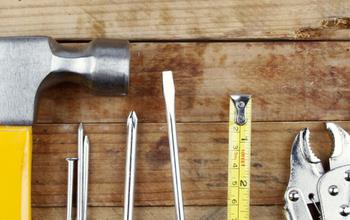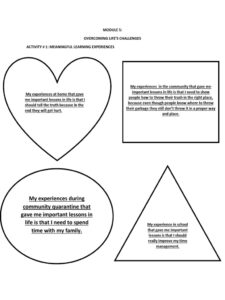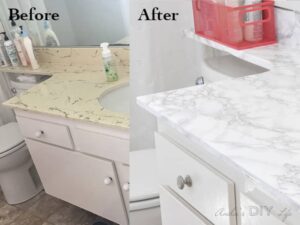 When confronting the daunting task of DIY projects, it’s always good to have some insight. Whether you read a book, article or see it on television, you know that when you do it yourself you’ll save money and time. The benefits of confronting a DIY project can be not only to save money, but learning new skills and reaping the rewards of knowing you did it yourself.
When confronting the daunting task of DIY projects, it’s always good to have some insight. Whether you read a book, article or see it on television, you know that when you do it yourself you’ll save money and time. The benefits of confronting a DIY project can be not only to save money, but learning new skills and reaping the rewards of knowing you did it yourself.
I’ve been in the construction industry most of my life, and have seen many homeowners fail and become disappointed from over exerting their time and skill level as well as their budget. You don’t have to let that happen to you with some simple planning and tips and advice from friends and the professionals. I have compiled a list of five successful tips for completing a home improvement project. These will help you on your way to succeeding at your own DIY home improvement project
- Be Prepared
You can never be over prepared in your home improvement project. All of your projects should be done three times. Once in your head, once on paper, and once doing the actual work with a hammer or screwdriver. Buy more materials than you need; you can always return the extra at the store where you bought it or use it in another project or repair down the road. The extra time you spend on preparing for the project will be made up for in the time you save not having to drive back and forth from the home improvement center 30 times.
- Be Realistic in Your Skill Level and Budget
Most projects are made or broken by overexerting your skill level or bank account. If you don’t think that you can do it, you probably can’t. If you think it’s too much money, it probably is. Most manuals and television programs make it look too easy. In reality it may be easy but it’s not a perfect world we live in. Walls may not be plumb, screws strip out and bad cuts on the saw are made. These cost time and money and can through a budget or schedule out of whack. Take into consideration these faults because they will happen.
- Be Safe
Always, always, always wear protective gear and clothing. If you don’t have it, buy. Let’s face it, those $10 safety glasses are sure a lot cheaper than a trip to the hospital. Wear eye protection at all times. Hearing protection is often over looked, but a circular saws decibel level is nearly equal to a jet engines. Put on a dusk mask or respirator when working with dusty materials. Those warning labels are on there for a reason.
- Invest in the Best Tools
Whether you buy or rent them, the tool makes the job. Renting tools that you will use one time saves a lot of money. It saves time when you really need them to. Work smarter not harder.
- Finish What You Started
Always finish the job. If you put away your tools, make sure you bring them back out again the next day. The project will go on forever if you don’t. Remember when one project gets done, then you can start the next, if you don’t that honey-do list might fore shadow the projects that lie still for too long.






